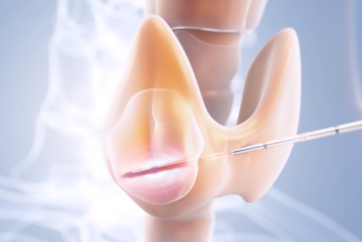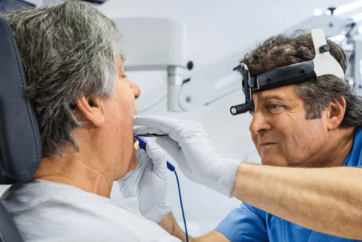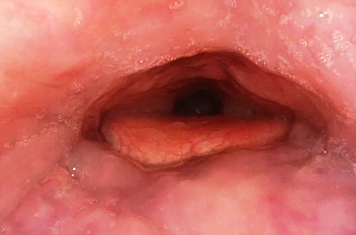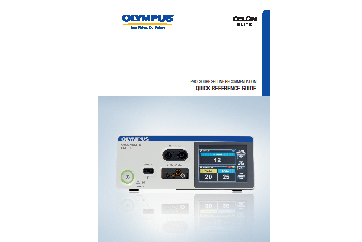PARTIAL REMOVAL OF HYPERTROPHIC TONSILS
In the following chapter, it is demonstrated how to use the CelonProCut technology for the partial resection of the hypertrophic tonsils by keeping the capsule intact.
01 | Anesthesia and Medications
This procedure is commonly performed on children aged three and over in an operating room using intubation anesthesia.
It is not recommended to use a larynx mask because it obstructs the physician’s view and does not protect the patient from aspiration.
02 | Treatment of Hypertrophic Tonsils
Power settings: A power setting of 20 to 25 watts (mode: PureCut) is recommended. It is not necessary to place a neutral electrode on the patient.
Use the CelonProCut accessoires to partially resect the tonsil.
Hold the tonsils with the gripping forceps, which also serve as the return electrode, and retract them slightly medially for better exposure. Avoid contact between the electrode tip and forceps.
After grasping the tonsil, activate the power supply by pressing the foot switch.
Next, start the incision with the cutting electrode. Start in the upper tonsil pole and continue parallel to the anterior palatine arch caudally [Figure 01a/b].
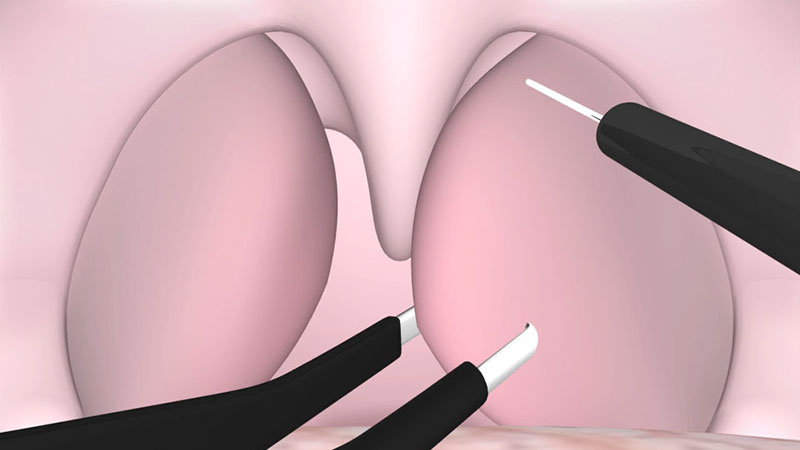
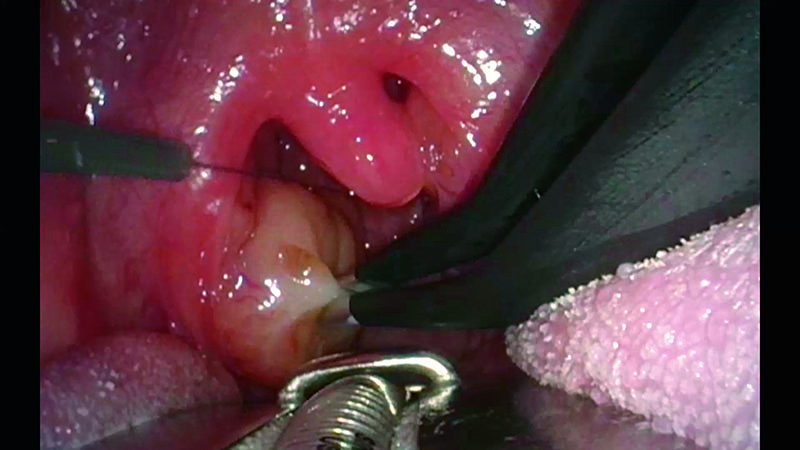
Make sure to use the tip of the electrode to cut into the depth of the tonsil [Figure 02a/b].
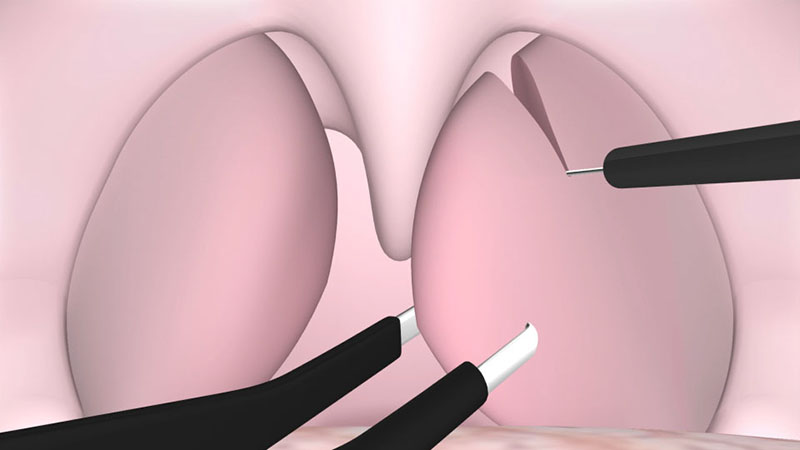
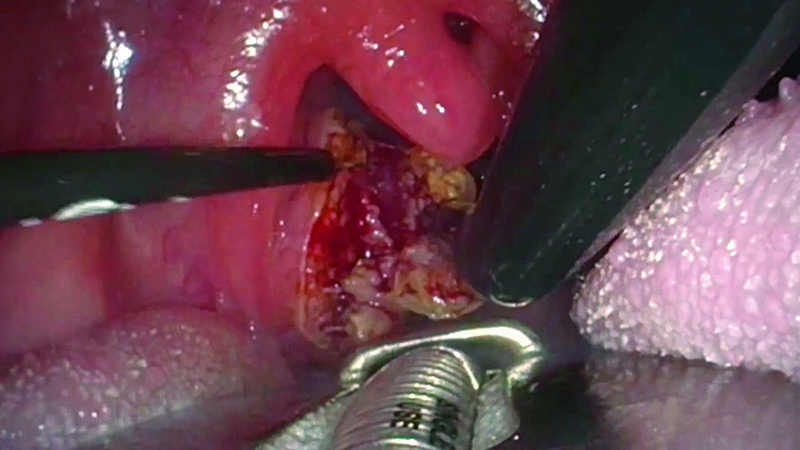
The portion of the tonsil that projects medially of the anterior and posterior palatine arch can be removed [Figure 03a/b].
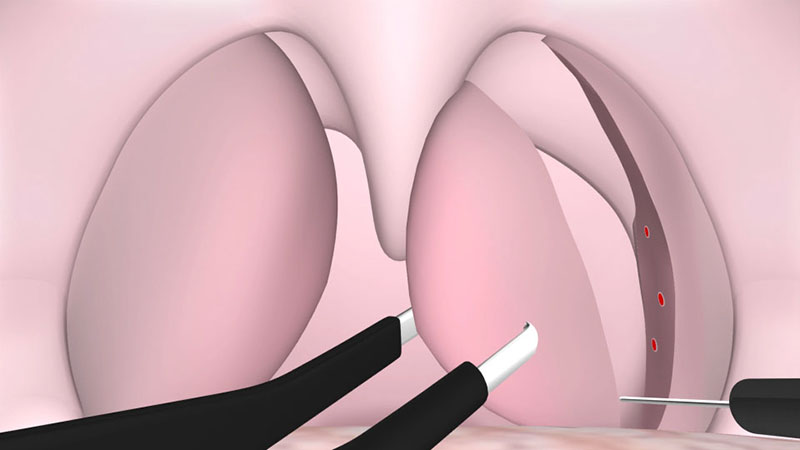
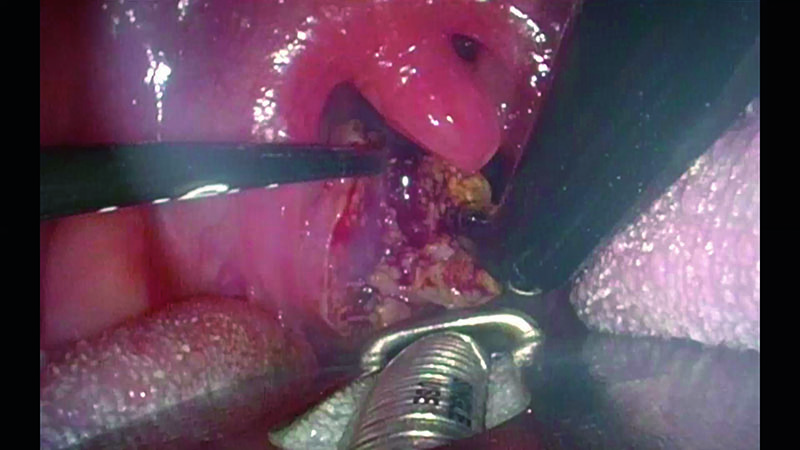
Minor intraoperative bleeding can occur, which generally arises from smaller vessels and can be easily stopped by inserting an appropriate packing material.
If necessary, you can also apply bipolar coagulation to the bleeding area [Figure 04a/b].

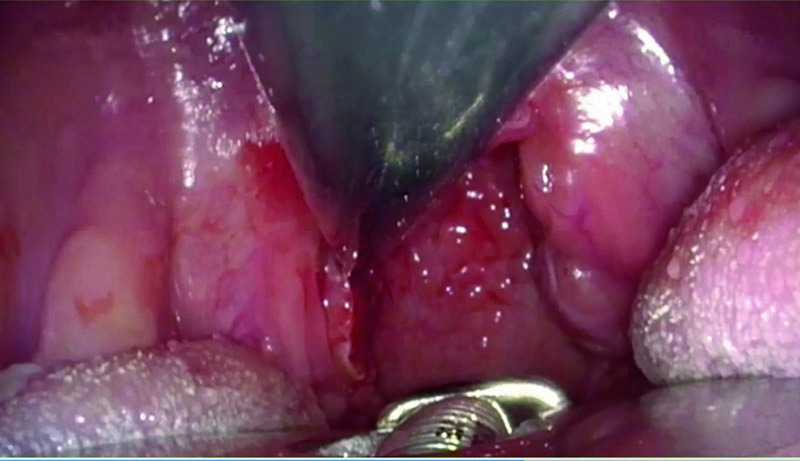
Postoperative bleeding is very rare.
Be careful not to damage the underlying tonsil capsule, the palatine arch, or the tongue.
The partial resection of both tonsils takes only a few minutes.
Note:
If necessary, you can perform an adenoidectomy in the conventional manner using an adenoid curette during the same treatment session with no additional risks.
03 | Therapeutic Effect
You can expect to achieve the final result in approximately three weeks as a result of the body’s resorption process and the formation of scar tissue [Figure 05].
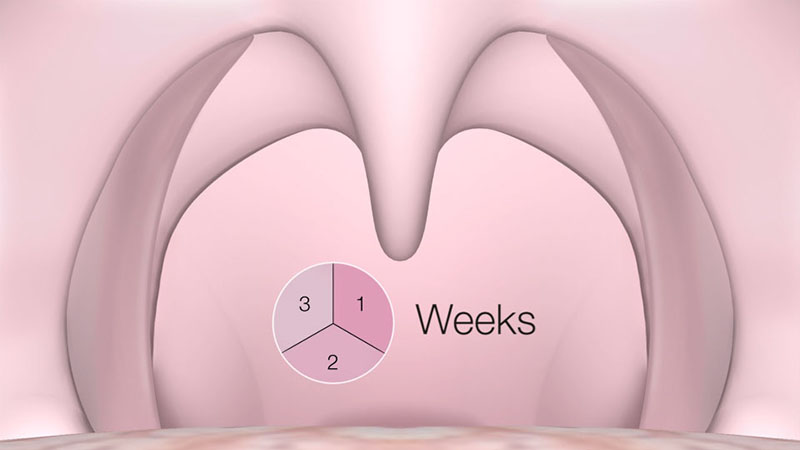
04 | Postoperative Care
Because bleeding may occur, it is recommended to keep children under postoperative inpatient observation for one to two days.
For postoperative pain treatment, ibuprofen or paracetamol is generally suitable for children.
Perioperative antibiotic prophylaxis is rarely necessary.
- Content Type

